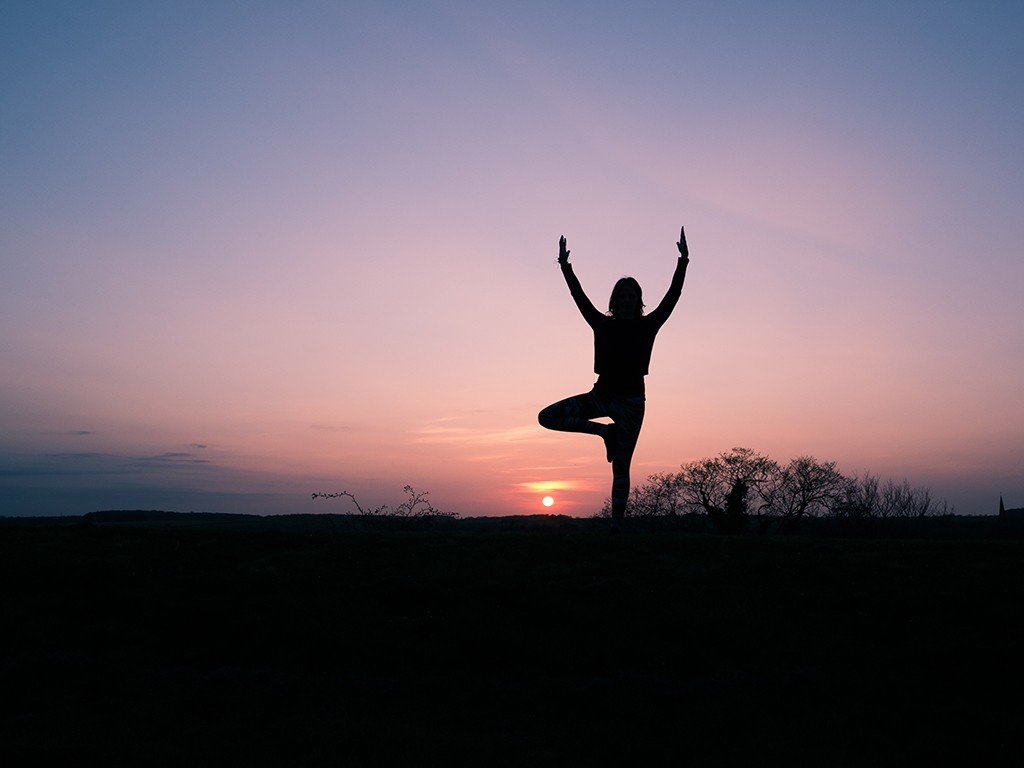
The Top 5 Relaxation Techniques for Reducing Stress and Anxiety
Stress and anxiety are a normal part of life, but if they become chronic, they can lead to serious health problems. Many people turn to medication to manage their stress and anxiety, but there are also many natural techniques that can be effective. In this article, we’ll explore the top 5 relaxation techniques for reducing stress and anxiety.
Stress and anxiety can have a profound impact on our physical and mental health. Chronic stress has been linked to a number of health problems, including heart disease, obesity, and diabetes. Anxiety can interfere with our ability to function, causing us to feel overwhelmed and exhausted.
While medication can be effective in managing stress and anxiety, it’s not the only option. There are many natural relaxation techniques that can be effective in reducing stress and anxiety. In this article, we’ll explore the top 5 techniques.
Deep Breathing
Deep breathing is a simple and effective technique for reducing stress and anxiety. It can be done anywhere, and only takes a few minutes. The technique involves taking slow, deep breaths, focusing on the sensation of the air moving in and out of your body.
To do deep breathing, find a comfortable position and close your eyes. Inhale slowly through your nose, counting to four. Hold your breath for a count of four, then exhale slowly through your mouth, counting to four. Repeat this cycle for several minutes, focusing on the sensation of the air moving in and out of your body.
Progressive Muscle Relaxation
Progressive muscle relaxation is a technique that involves tensing and then relaxing different muscle groups. It can help to reduce tension in the body and promote relaxation. To do progressive muscle relaxation, find a quiet place and sit or lie down.
Starting with your feet, tense the muscles in your feet and hold for a few seconds, then release the tension and relax. Move up to your calves, then your thighs, and continue through your body, tensing and then relaxing each muscle group.
Visualization
Visualization is a technique that involves using your imagination to create a peaceful and relaxing scene. It can be done anywhere, and only takes a few minutes. To do visualization, find a quiet place and close your eyes.
Imagine yourself in a peaceful and relaxing environment, such as a beach or a forest. Focus on the details of the scene, such as the sound of the waves or the rustling of the leaves. Imagine yourself feeling calm and relaxed in this environment.
Mindfulness Meditation
Mindfulness meditation is a technique that involves focusing on the present moment, without judgment. It can help to reduce anxiety and promote relaxation. To do mindfulness meditation, find a quiet place and sit comfortably.
Focus your attention on your breath, noticing the sensation of the air moving in and out of your body. When your mind starts to wander, gently bring your attention back to your breath. Practice for several minutes, gradually increasing the amount of time you spend in meditation.
Yoga
Yoga is a physical and mental practice that can help to reduce stress and anxiety. It involves a series of postures, breathing exercises, and meditation. Regular practice of yoga has been shown to improve mood and reduce anxiety.
To start practicing yoga, find a local studio or try an online class. There are many different styles of yoga, so experiment to find one that feels right for you.
Conclusion
Stress and anxiety are common experiences, but they don’t have to control your life. There are many natural techniques that can be effective in reducing stress and anxiety. Experiment with different techniques to find what works best for you. Whether it’s deep breathing, progressive muscle relaxation, visualization, mindfulness meditation, or yoga, incorporating relaxation techniques into your daily routine can help you feel more calm and centered.
FAQ
Can relaxation techniques really help with stress and anxiety?
How long does it take for relaxation techniques to work?
Do I need any special equipment to practice relaxation techniques?
Are relaxation techniques safe for everyone?
Can relaxation techniques be used in conjunction with medication?





